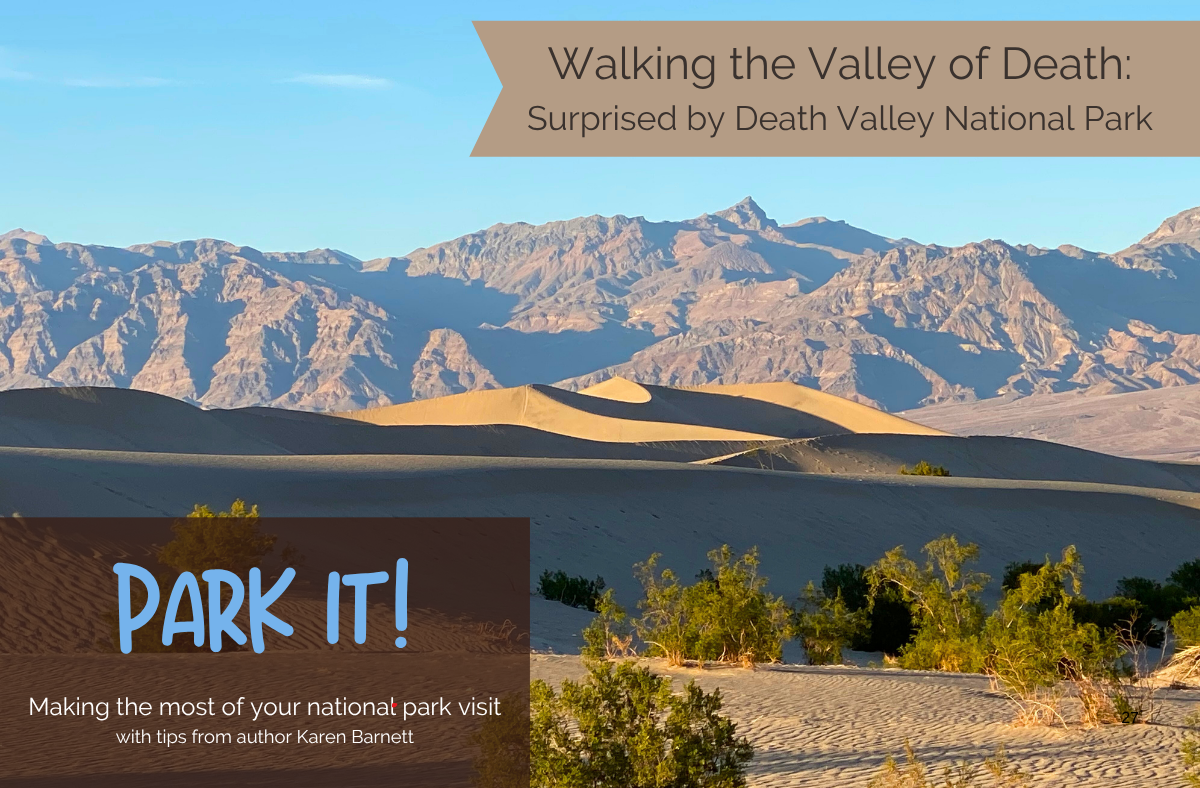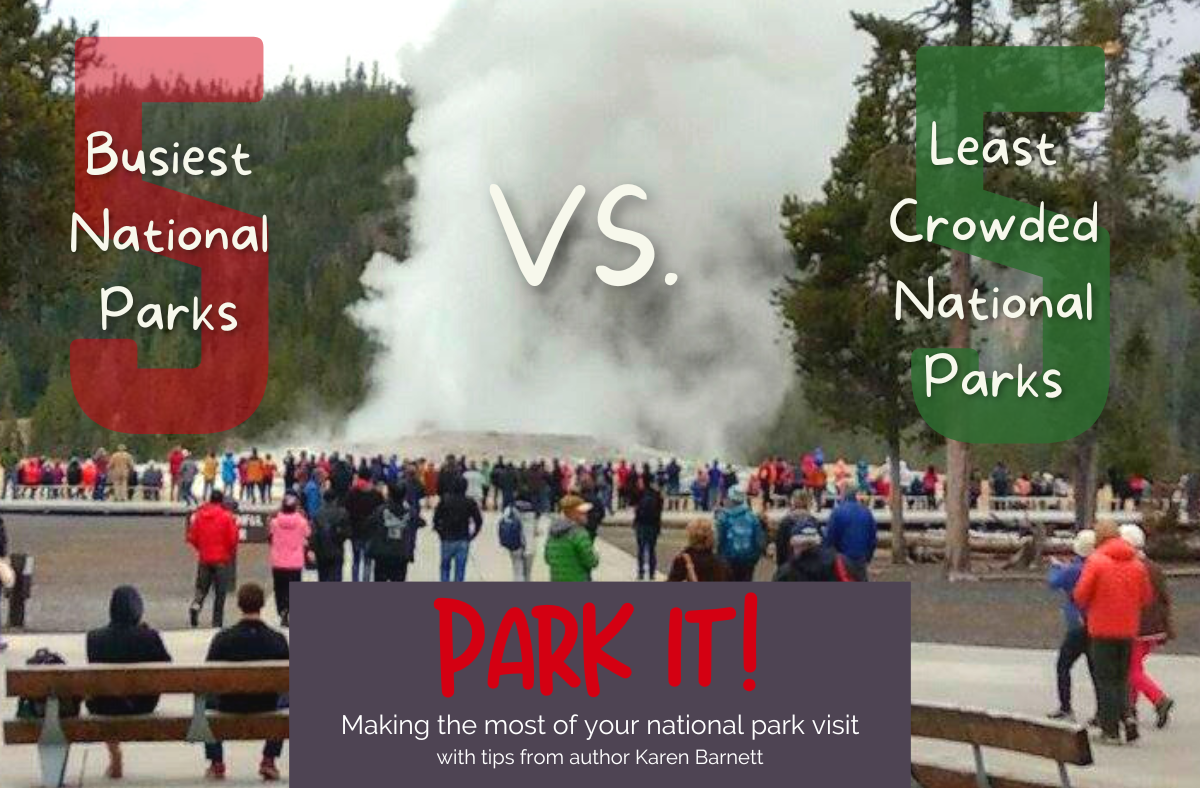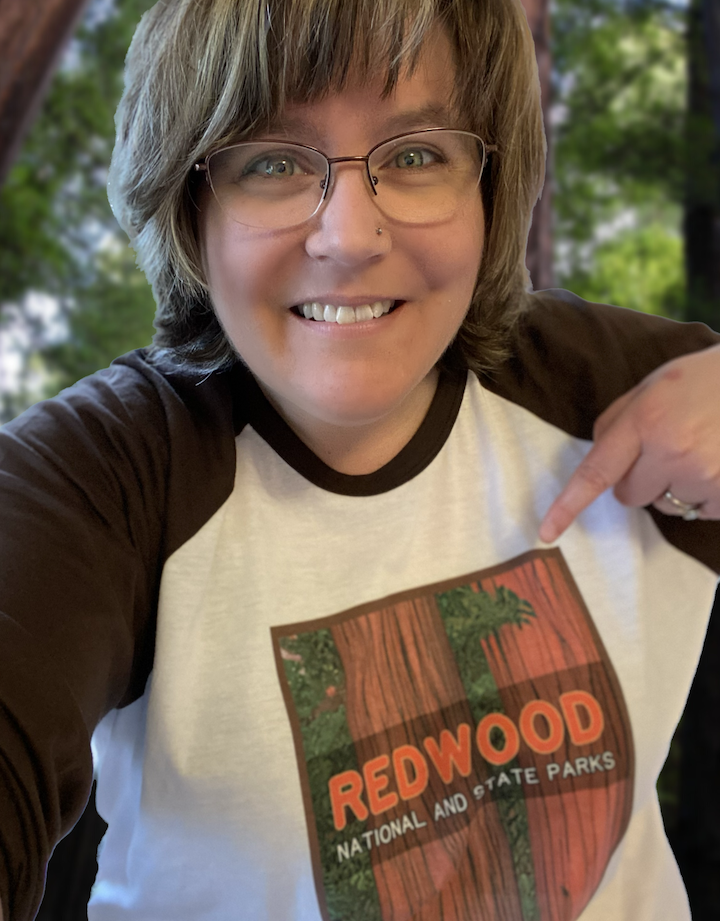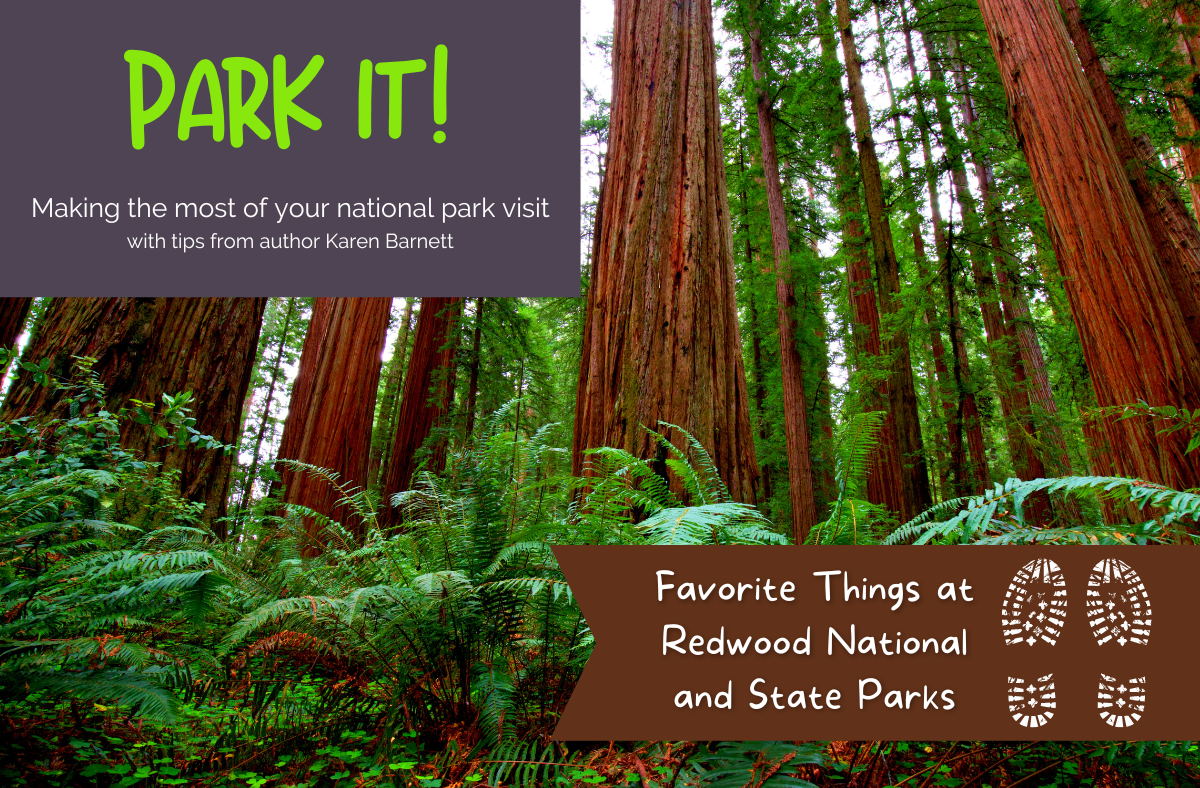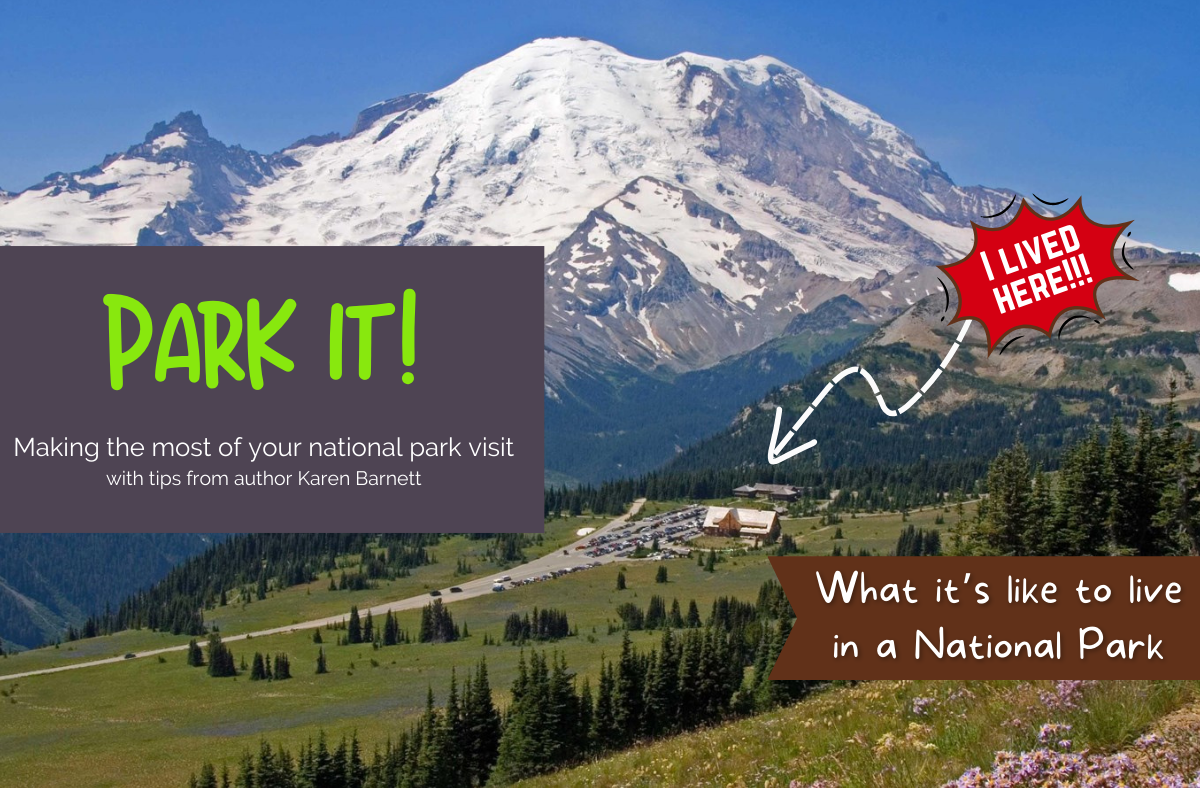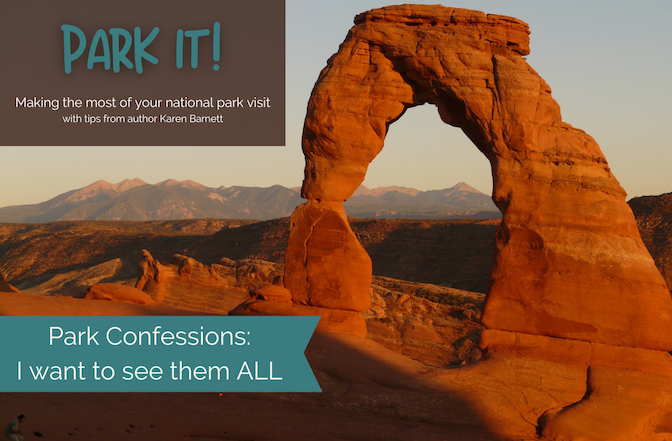[ad_1]

When people hear how much I loved hiking in Zion National Park, the first thing they often say is, “Wasn’t it crowded?” And yes—Zion is one of the busiest parks in the system. But when my husband and I went in mid-November of 2023, we discovered something delightful: solitude is still possible in this stunning canyon if you know when and where to look.
The weather that week was absolutely lovely—cool enough for hiking, warm enough that we never needed winter jackets. Because it was late in the season, the park felt less congested than the summer months I’ve always heard about. We were even able to find last-minute cancellations in the campground and located a parking spot for our van right near the main visitor center. Shuttle buses had only short lines, and it felt like we had stumbled onto Zion’s quieter side.
When Crowds Thin Out
One of the gifts of traveling in November is that the main trails aren’t nearly as packed. My husband entered the lottery for the popular Angels Landing hike and managed to snag a coveted permit. Heights make my knees weak, so I happily waved him off, content to spend those hours digging into book research at the museum and wandering the quiet grounds of the lodge imagining adventures for the characters from my soon-to-release novel, Through Water and Stone.
On another morning, we both set out for The Narrows, where the Virgin River becomes your trail. There were just enough people at the trailhead to give us confidence we were in the right place, but once we waded upstream, long stretches of silence enveloped us. At times it felt like we were the only two souls in the canyon. (We rented dry bibs and waterproof boots to protect us from the chilly water. Don’t forget to check on current conditions before setting out. Be safe!)
Trails that Breathe
The trails weren’t empty, but even the busier ones felt manageable. The Emerald Pools trail held clusters of hikers, but nothing overwhelming—it was easy to pause for photos (like the one in the header!), let groups pass, and even spot a scurrying lizard or two.
On our last evening, I ventured out on the Watchman Trail, which starts right near the visitor center. As the sun set and painted the cliffs in amber light, only three other couples passed me. That feeling of near-solitude while standing in the heart of one of America’s busiest national parks was priceless.
Quiet Meals and Open Spaces
Even meals were a surprise. We splurged on a couple of dinners out in nearby Springdale, and the food was excellent. We also met for lunch at Zion Lodge after Steve finished Angels Landing. We braced ourselves for a long wait, only to find plenty of open tables. After eating mostly campground meals and granola bars, having someone else cook was a delight.
What I Learned
If you’re hoping to find solitude in Zion, here’s what worked for us:
- Visit in the off-season (late fall, winter, or early spring). The park still shines, and the crowds are far lighter. During some of those months, you can even drive your own vehicle along the Zion Canyon Scenic Drive instead of relying on the shuttle system. The schedule varies, so check Zion’s website for current information.
- Stay flexible. I checked the campground reservation site, Recreation.gov, every morning for weeks on end and was rewarded for my persistence. We moved our trip a couple of days in order to take advantage of someone else’s cancellation—four nights in a single campsite that offered both water and electricity? You can bet that we grabbed it!
- Vary your timing. Evening hikes and early mornings often brought us the most peace.
- Seek balance. Yes, we braved a few popular trails, but we also lingered in quiet corners—both gave us a fuller picture of Zion’s character.
That week in November showed me that solitude isn’t lost at Zion—it just hides in different hours, quieter trails, and off-season months. And when you stumble upon it, the hush of the canyon walls feels even more sacred.
If Zion is on your list, don’t let the fear of crowds hold you back. With a little planning and a touch of flexibility, you just might find yourself standing in stillness, listening to the river sing beneath towering red cliffs—all on your own’ll find what you’re looking for.
I hope you don’t just search for empty trails. Search for the presence that fills them. In Zion’s silence, beneath cliffs etched by time, you may find more than beauty. You may find the deep rest that only God can give.

Related
[ad_2]
Source link


